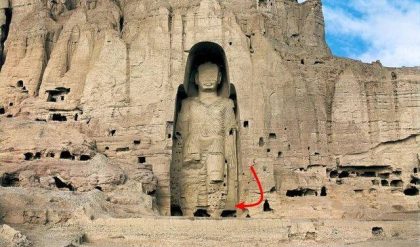
In the ancient city of Persepolis, nestled within the historic lands of Iran, stands a remarkable testament to the past: the 2,500-year-old Huma bird statue. Crafted in the form of a lion-eagle hybrid, commonly known as the Griffin, this statue holds significant cultural and historical importance.
Persepolis, once the grand capital of the Achaemenid Empire, boasts a wealth of archaeological treasures, among which the Griffin statue is a standout. Depicting a creature with the body of a lion and the head of an eagle, the statue embodies a fusion of majestic strength and aerial prowess.
The Griffin holds a prominent place in Persian mythology, symbolizing power, guardianship, and protection. Its presence in Persepolis likely served as a representation of imperial authority and the divine protection bestowed upon the empire.
Beyond its symbolic significance, the Griffin holds practical importance in modern Iranian culture as well. It serves as the emblem of Iranian Airlines, reflecting a continuity of heritage and a connection between past and present.
Situated in Shiraz, Iran, Persepolis continues to attract visitors from around the globe, drawn by its rich history and architectural splendor. The Griffin statue, with its timeless allure and cultural resonance, stands as a testament to the enduring legacy of ancient Persia and its contributions to the world.





